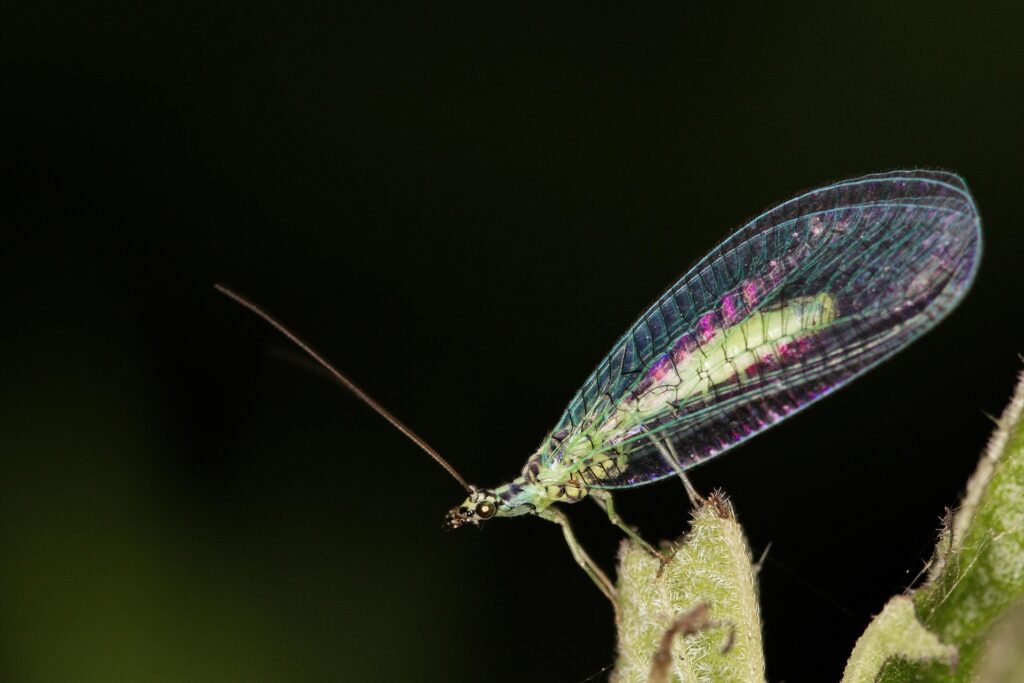Hearing strange scratching sounds coming from your walls can be unsettling. It might be mice, but it could also be sneaky pests living inside your plumbing system. While the idea might be alarming, these tips for plumbing pest prevention can help reduce the risk of pests in your pipes.
Why Pests Are Attracted to Your Plumbing
Your plumbing system can be a potential entry point for various pests due to the following:
- Gaps and cracks: Tiny openings around pipes, drains, and utility entry points can be entryways for small creatures like insects and rodents.
- Water source: Pests are naturally drawn to moisture. Leaking pipes or condensation buildup can create an inviting environment for them.
- Food debris: Food scraps and grease buildup in drains can attract flies, gnats, and cockroaches looking for a snack.
5 Practical Ways for Plumbing Pest Prevention
Implementing practical steps keeps your home safe from pests that might use your plumbing system as an entry point. Addressing potential vulnerabilities and maintaining your plumbing system properly can significantly reduce the risk of unwelcome intruders. Here’s how you can take control and protect your home effectively:
Seal Up Entry Points
The first line of defense in pest control for plumbing is to seal any potential entry points by:
- Caulking: Inspect your pipes and drains for cracks or gaps around them. Use a high-quality caulk to seal these openings, creating a barrier that keeps pests out.
- Installing mesh screens: Install mesh screens on drains and vents. This allows water to flow freely while preventing unwanted visitors like flies from entering your plumbing system.
- Weatherproofing: Seal gaps around pipes and utility lines where they enter your home from the outside. This helps prevent pests from using these openings to sneak into your plumbing system.
Keep Your Pipes Clean
Pests are attracted to food sources. By keeping your drains clean and free of debris, you make your plumbing system less appealing to them. Here are some effective methods:
- Regular drain cleaning: Develop a routine for cleaning your drains. Pour a mixture of baking soda and vinegar down your drains to break down mild clogs and buildup. You can also use a drain snake occasionally for tougher clogs.
- Using hot water: Pour a pot of hot water down your drains periodically to help loosen and remove grease buildup that might attract pests.
- Proper garbage disposal use: Refrain from discarding grease, coffee grounds, or eggshells in the garbage disposal, as they can lead to blockages and draw in pests.
Inspecting for Leaks
Regularly check for and repair any leaks in your plumbing system. Even small leaks can create moisture that attracts pests.
Maintain Proper ventilation
Ensure that areas with plumbing have adequate ventilation to reduce humidity and moisture buildup.
Implement Routine Maintenance
Schedule regular maintenance for your plumbing system to keep it in good condition and identify potential issues before they become serious.
When to Call a Professional for Help
Even with diligent prevention efforts, there are times when professional assistance is crucial:
- Persistent pest signs: If you continue to notice pests despite your best efforts, it could signal a more significant problem that requires expert intervention.
- Difficulty identifying pests: Identifying which pests use your plumbing system as an entry point can be challenging. A pest control professional can accurately diagnose the issue and recommend targeted solutions.
- Advanced solutions needed: For peace of mind and effective resolution, a pest control service can provide thorough inspections and customized treatment plans tailored to your situation.
Keep Your Plumbing in Top Shape with Aptive
Ensuring your plumbing system is secure from pests is crucial for a comfortable home environment. You can make a significant impact by staying on top of regular inspections, proper maintenance, and seeking professional help when necessary. Contact us today for expert assistance in evaluating your situation and implementing a tailored pest control solution for your home.









